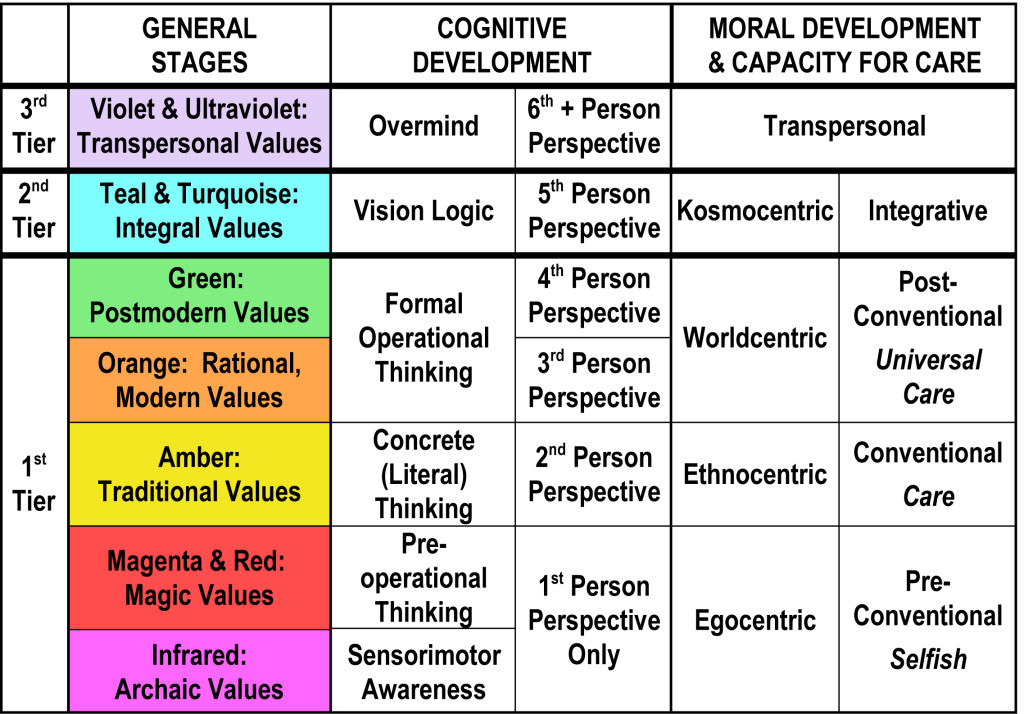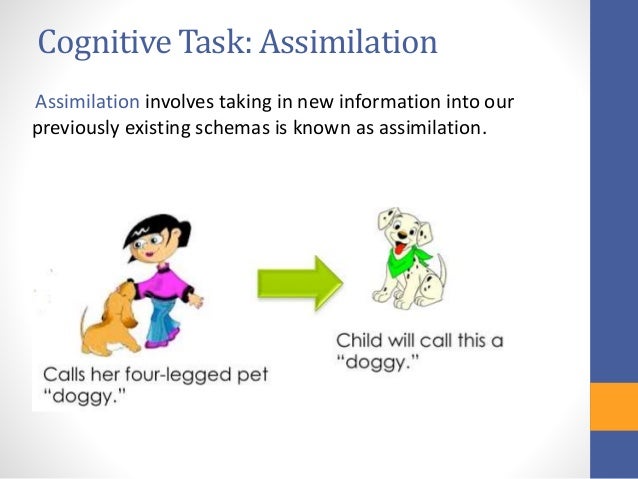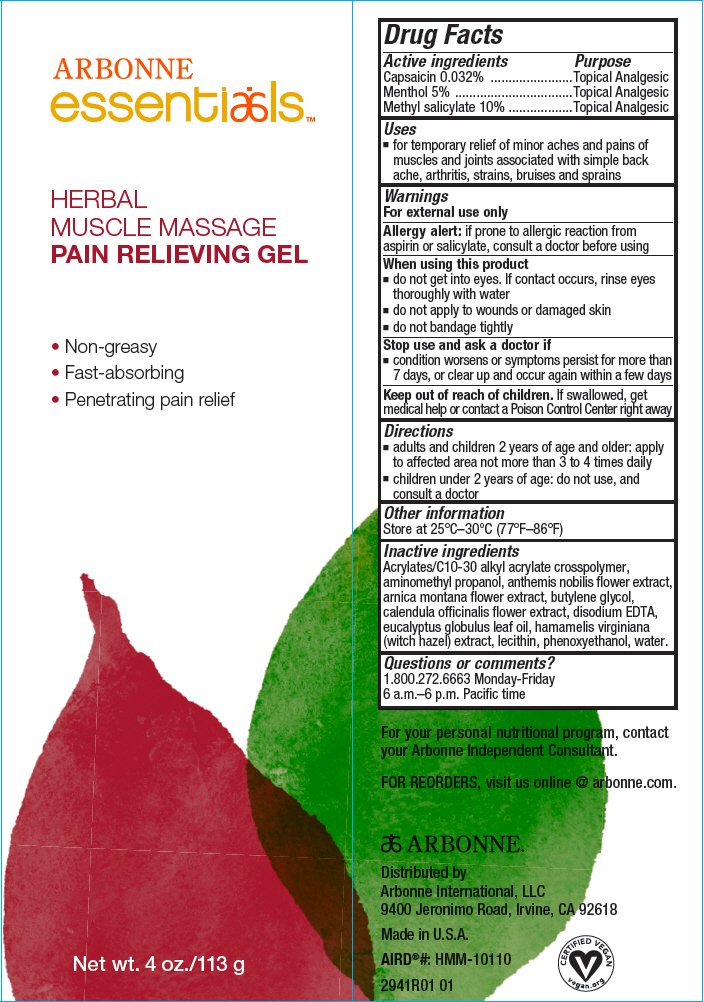Your Developmental stages of infants images are ready. Developmental stages of infants are a topic that is being searched for and liked by netizens now. You can Download the Developmental stages of infants files here. Find and Download all royalty-free vectors.
If you’re looking for developmental stages of infants pictures information connected with to the developmental stages of infants interest, you have pay a visit to the right blog. Our website always provides you with hints for downloading the highest quality video and image content, please kindly surf and locate more enlightening video articles and images that fit your interests.
Developmental Stages Of Infants. Ages and stages in this section ages & stages home newborn 1 to 3 months 4 to 6 months 7 to 9 months 10 to 12 months 1 year 2 years 3 years 4 to 5 years 6 to 12 years 13 to 18 years Parents often look forward to when their infant, toddler, or other young child reach their developmental milestones, such as smiling, rolling over, sitting up, taking his first steps, counting to ten, and tying his shoes, etc. By 6 months of age, most babies recognize the basic sounds of their native language. Your child is advancing from infancy toward and into the preschool years.
 Stages of the Development of Consciousness Enkindle Wellness From enkindlewellness.com.au
Stages of the Development of Consciousness Enkindle Wellness From enkindlewellness.com.au
Take a look at these common developmental milestones and the ages at which children normally reach them, so you know. Parents often look forward to when their infant, toddler, or other young child reach their developmental milestones, such as smiling, rolling over, sitting up, taking his first steps, counting to ten, and tying his shoes, etc. During this first development stage, babies’ bodies and brains are learning to live in the outside world. They will prefer to look at faces and learn to recognise and smile at familiar faces. Ages and stages in this section ages & stages home newborn 1 to 3 months 4 to 6 months 7 to 9 months 10 to 12 months 1 year 2 years 3 years 4 to 5 years 6 to 12 years 13 to 18 years However, they follow a natural progression or timetable for mastering the skills of language.
From the ages of two months to one year, the baby is in the infancy stage and can be referred to as an infant.
The period after this is called the infancy period. Ages and stages in this section ages & stages home newborn 1 to 3 months 4 to 6 months 7 to 9 months 10 to 12 months 1 year 2 years 3 years 4 to 5 years 6 to 12 years 13 to 18 years The period after this is called the infancy period. Stage, all the major organs form, and the embryo becomes very fragile. From birth your baby will suck their fist when they are hungry and slow/stop sucking and turn their head away from the nipple when they are full. This means that there is variation in the ages at which an infant or toddler will achieve a new skill, determined by his or her innate abilities and interaction with the environment.
 Source: slideshare.net
Source: slideshare.net
Toddler •intellectual development •increased exploration leads to activities that expand the child’s understanding of the world. Take a look at these common developmental milestones and the ages at which children normally reach them, so you know. The baby is referred to as an infant even when it is in the newborn stage as the terms are described to be synonymous with. From the moment babies are born, they respond to the world around them. From birth your baby will suck their fist when they are hungry and slow/stop sucking and turn their head away from the nipple when they are full.
 Source: enkindlewellness.com.au
Source: enkindlewellness.com.au
They will prefer to look at faces and learn to recognise and smile at familiar faces. •toddlers at this stage have been referred This means that there is variation in the ages at which an infant or toddler will achieve a new skill, determined by his or her innate abilities and interaction with the environment. Skills such as taking a first step, smiling for the first time, and waving “bye bye” are called developmental milestones. However, they follow a natural progression or timetable for mastering the skills of language.
 Source: circlecare4kids.com
Source: circlecare4kids.com
They will prefer to look at faces and learn to recognise and smile at familiar faces. Your child is advancing from infancy toward and into the preschool years. Child development incorporates four main characteristics that can be assessed at each stage of a child’s milestones. Between birth and three months, your baby may. Fussier than normal or listlessness (not moving much at all).
 Source: pinterest.ca
Source: pinterest.ca
This means that there is variation in the ages at which an infant or toddler will achieve a new skill, determined by his or her innate abilities and interaction with the environment. However, they follow a natural progression or timetable for mastering the skills of language. Their reactions — being calmed by a parent’s embrace or startled by a loud sound — are examples of normal infant development. Fussier than normal or listlessness (not moving much at all). Skills such as taking a first step, smiling for the first time, and waving “bye bye” are called developmental milestones.
 Source: pinterest.ca
Source: pinterest.ca
This means that there is variation in the ages at which an infant or toddler will achieve a new skill, determined by his or her innate abilities and interaction with the environment. During this time, his physical growth and motor development will slow, but you can expect to see some tremendous intellectual, social, and emotional changes. Take a look at these common developmental milestones and the ages at which children normally reach them, so you know. These characteristics are physical, intellectual, emotional and social. Fussier than normal or listlessness (not moving much at all).
 Source: wuddahsafwanah.blogspot.com
Source: wuddahsafwanah.blogspot.com
Our goal is to help parents understand what is taking place in their child’s brain and body. However, they follow a natural progression or timetable for mastering the skills of language. Take a look at these common developmental milestones and the ages at which children normally reach them, so you know. Our goal is to help parents understand what is taking place in their child’s brain and body. The first sign of infancy life stage development can be seen from the beginning of the infancy period.
 Source: frontierkidscare.com
Source: frontierkidscare.com
About one month into this stage, the sex These characteristics are physical, intellectual, emotional and social. During this first development stage, babies’ bodies and brains are learning to live in the outside world. From birth your baby will suck their fist when they are hungry and slow/stop sucking and turn their head away from the nipple when they are full. •toddlers at this stage have been referred
This site is an open community for users to do sharing their favorite wallpapers on the internet, all images or pictures in this website are for personal wallpaper use only, it is stricly prohibited to use this wallpaper for commercial purposes, if you are the author and find this image is shared without your permission, please kindly raise a DMCA report to Us.
If you find this site value, please support us by sharing this posts to your preference social media accounts like Facebook, Instagram and so on or you can also bookmark this blog page with the title developmental stages of infants by using Ctrl + D for devices a laptop with a Windows operating system or Command + D for laptops with an Apple operating system. If you use a smartphone, you can also use the drawer menu of the browser you are using. Whether it’s a Windows, Mac, iOS or Android operating system, you will still be able to bookmark this website.




